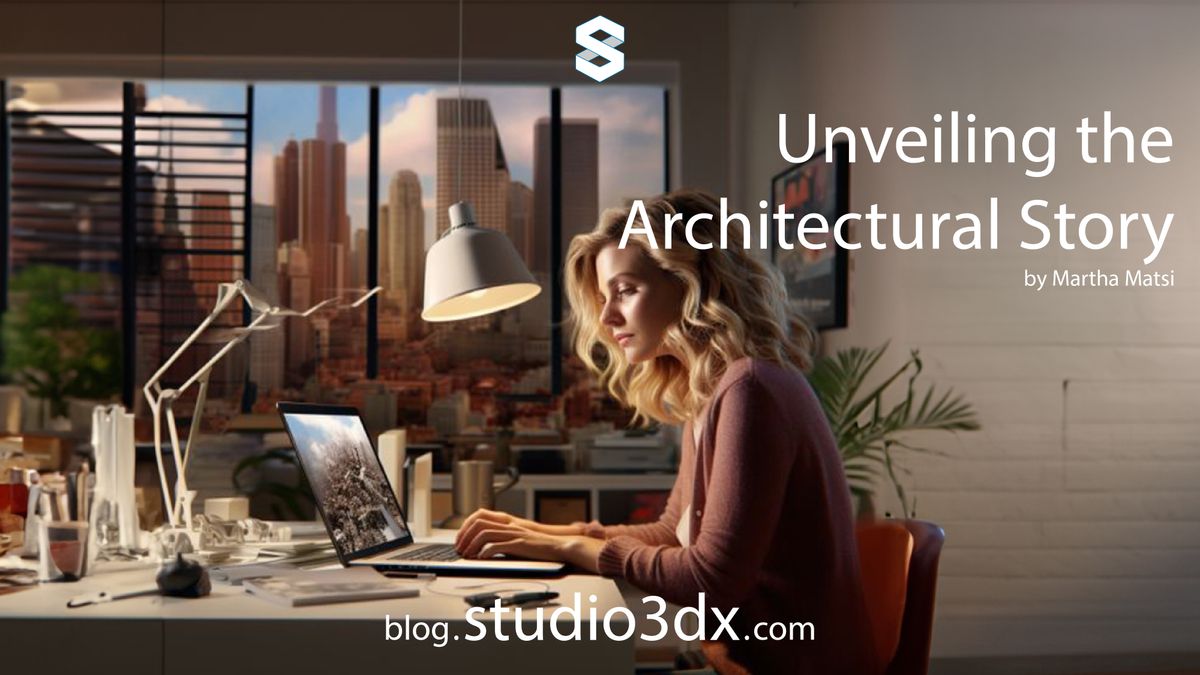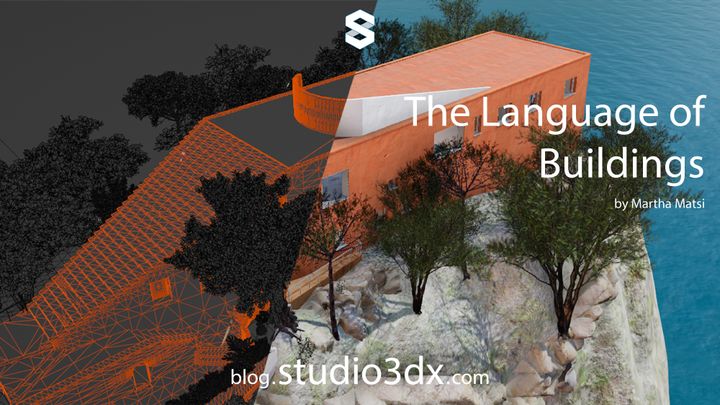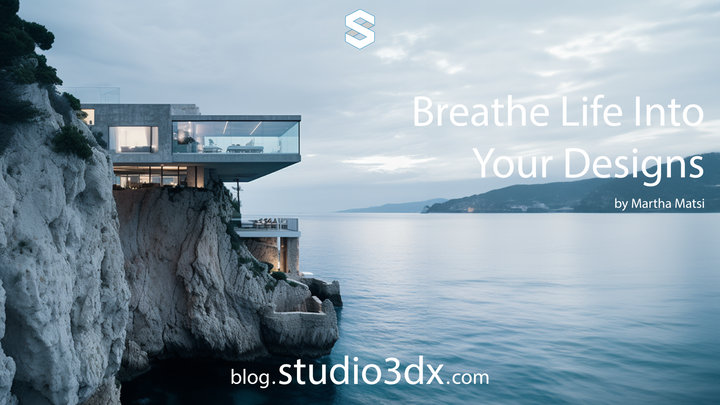Architectural renderings have become ubiquitous, serving as powerful tools for communication, marketing, and design development. But beneath the polished images that grace presentations and press releases lies a world of innovation and change that many may not fully appreciate.
In the classic mid-1990s rom-com "One Fine Day," Michelle Pfeiffer plays an architect and single mother juggling two roles: designing architectural wonders and caring for her son. In one iconic scene, her 3D model shatters, putting her project and job at risk. Fast forward nearly 30 years, and technology has propelled architectural visualisation into a new era.
Architectural renderings have become ubiquitous, serving as powerful tools for communication, marketing, and design development. But beneath the polished images that grace presentations and press releases lies a world of innovation and change that many may not fully appreciate.
One Fine Day edited clip. Original Clip Source: One Fine Day | TBT Trailer | 20th Century FOX, Youtube
A Shift from the Shadows
For decades, architectural renderings were created separately from the design process. Architects started with hand drawings and later converted them into 2D and 3D models that they would use to create still images again as something to showcase after everything was agreed and done or to win a competition.
However, over time, technology has integrated itself more seamlessly into the architect's toolkit. Now, architects can visualise their creations from the project's inception. They can explore a space in three dimensions right from the start, creating a dynamic design process that enhances creativity and problem-solving.
When architects started using gaming software to transfer their designs in an environment that will serve their presentations better, the process of design changed as well. Architects were, in a sense, workflow hackers, repurposing software to suit their design requirements.
Advances in 3D modelling and rendering technology, largely propelled by the gaming industry, have made real-time visualisation possible. Architects can explore sites, spaces, and ideas in real-time, enhancing their connection to the project. This evolution goes beyond creating static renderings; it's about storytelling.
In addition to still images, architects can create animations in-house, allowing clients to immerse themselves in a project. It's no longer just about showing the final result but involving clients in the design process, letting them experience what architects are working on and providing valuable input.
The next frontier for architectural visualisation is Artificial Intelligence (AI). Generative AI programs are pushing the boundaries of what's possible in architectural design. However, architects view AI as a tool to assist their creative process, not as a replacement for human ingenuity.
As technology continues to evolve, architectural visualisation is becoming increasingly integral to design, development, and communication. It allows architects to tell the story of their projects, align visions with clients, and build narratives around their designs.
The Business Edge: Bolstering Bids with Digital Tools
In the competitive world of architecture, where profits can often remain flat, leveraging 3D visualisation becomes essential. By investing in platforms that generate state-of-the-art 3D visualisations, architects can price their bids more competitively, reduce over-servicing, and streamline the design process. This translates to more accurate pricing and efficient project management.
Architectural visualisation is not just a means to an end but a powerful storytelling tool. It captures the essence of a project, from its historical context to its cultural significance. As architects embrace this multidimensional language, they'll not only design buildings but also convey the narratives, history, and cultural importance that make each structure unique.
In this ever-evolving field, architects must invest in the latest visualisation tools to stay competitive, engage clients effectively, and continue shaping the future of architectural storytelling.
As technology continues to advance, the story of architecture unfolds with new dimensions and narratives, captivating both creators and viewers alike. In the end, it's not just about designing buildings; it's about telling stories that stand the test of time.



